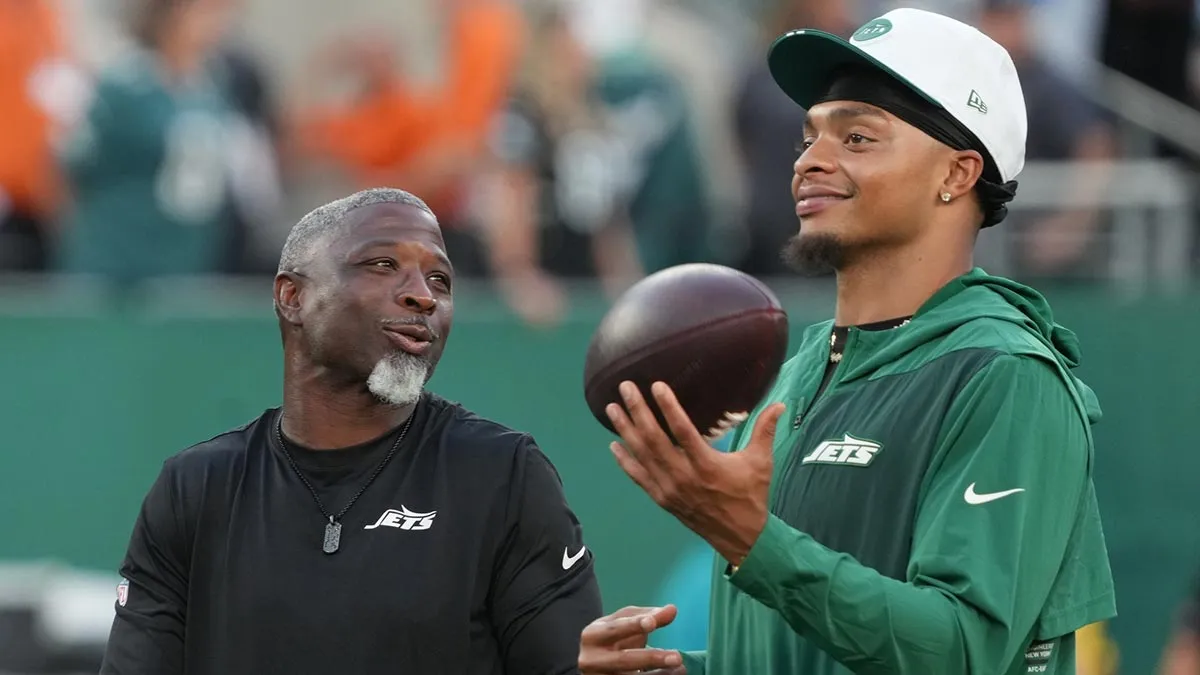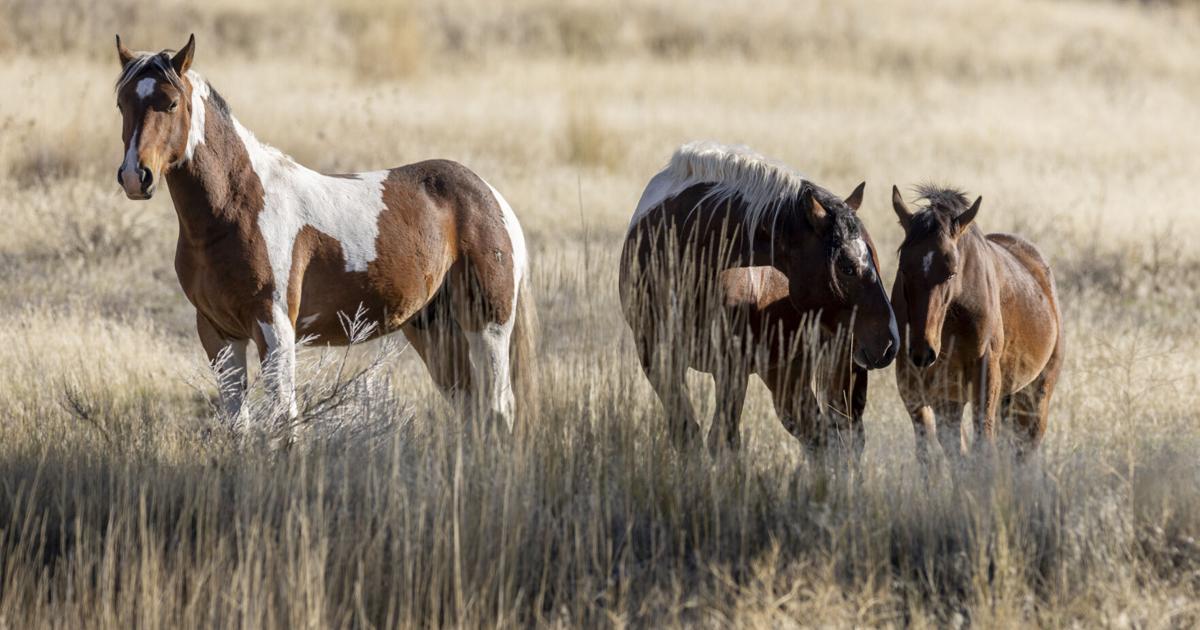Copyright chicagoreader

Since 2005 Plastic Crimewave (aka Steve Krakow) has used the Secret History of Chicago Music to shine a light on worthy artists with Chicago ties who’ve been forgotten, underrated, or never noticed in the first place. The Windy City birthed a world-famous horn-rock sound in the late 1960s, led by the likes of the Mob and the band Chicago (formerly the Chicago Transit Authority). The city’s rich jazz, R&B, and soul scenes prepared the ground for this development, producing horn players such as Eddie Harris, Von Freeman, Gene Barge, and Johnny Pate, who learned tuba as a kid and later arranged songs for the likes of Jackie Wilson, Major Lance, and Curtis Mayfield. When it came to merging a horn section with groovy, expansive rock ’n’ roll, two of the most grievously underappreciated outfits are former garage band the Flock and the headier Aura. Unsurprisingly, they shared members, and I got more of their story from bassist Jerry Smith, who played in both groups and helped organize the Return of the Flock lineup last year. The roots of Aura go back to the mid-60s and teenage band the Big City 5. Originally the Big City V, they were singer Al Lathan, guitarists Lenny Swiatly and Denny Giovannini, bassist Mike Walsdorf, and drummer Demetrius “Larbi Ruslan” Lapychak. Lapychak’s classmate Nick Vitullo, a fan of the band, served as their manager for their first four years, and in 1966 he got them their first proper gig. For the occasion, they chose a new name: 4 Days & a Night, a reference to their soulful direction and racially diverse lineup (Lathan was Black, the other four members white). This crew loved the Flock, so with Vitullo’s help they bolstered their lineup with sax player Tom “T.S. Henry” Webb and trumpeter Frank Posa, who’d played together in Webb’s cover band, the Smith Henry Group. Since they now had seven members, not five, they changed their name to For Days & a Night. “Promotion-wise, it didn’t make a lot of difference,” wrote historian Ken Voss in a 2021 story for his Illinois Music Archives series, “as most clubs mis-spelled the band’s name in their club flyers.” Posa and Webb didn’t last long, leaving in September 1967 to join the Flock, where they felt they could play more progressive music. For Days & a Night recruited trumpeter John Priola and alto saxophonist Fred Entesari to replace them, in one of a dizzying number of lineup changes. Over the next few years, around 50 members came and went. The Exclusives formed after Smith heard that two Rogers Park musicians, guitarist Fred Glickstein and saxophonist Rick Canoff, were looking for a bass player who could sing. “I went to Canoff’s home with my electric guitar, and Glickstein and [guitarist] Rick Mann blew me away with their playing,” Smith says. “I started to sing some songs with Glickstein, and they liked the results. So I said I would learn bass. We played some local clubs and schools under the Exclusives name.” The Exclusives became the Flock in late 1965, Smith says, when he was 18 years old. I wrote up the Flock’s history long ago, so let’s fast-forward to 1970, when the Flock decided to pack it in. “We just struggled to come up with new tunes for a third Columbia album,” Smith says. “Being on the road for several years—touring Europe, et cetera—took its toll on us. We simply needed a break.” At the beginning of 1971, Smith got a call from Horan, the drummer in Giant City. He had an offer to make. “We knew each other from playing the same venues. He knew the Flock broke up, so he invited me to see Giant City perform at a club on Rush Street,” Smith says. “I was blown away! Very powerful music with an incredible lead singer in Al Lathan.” Smith soon joined the group, whose sound had evolved to fuse progressive soul, psychedelia, and funky rock. They signed to Mercury Records with the help of new manager Scott Doneen of American Tribal Productions. (According to Smith, the label also signed Lathan to a solo contract, in case the group didn’t pan out.) “Robin McBride was the A&R director for Mercury,” Smith told Voss for his 2021 piece. “He really wanted to sign the Flock, but of course, we ended up signing with Columbia. Now with Doneen managing us, he had a connection to Mercury Records and we signed with them.” At the label’s suggestion, Giant City renamed themselves yet again, becoming Aura. “It’s been said while they were recording the album, Lathan had noticed an ‘aura’ around the moon,” Voss wrote. “The new name stuck.” This said, it was never easy to keep an eight-piece band going, and Aura rarely broke even. An abundance of work didn’t necessarily mean an abundance of work that paid enough. “We never hooked up with a national tour,” Smith says. “We were all still in our early 20s, and I believe there were some social pressures that arose also.” “We could have kept working close to home and doing road gigs,” Foertsch told Voss. “But management had this big dream and it wasn’t happening.” Aura broke up shortly after the release of their sole LP. “Mercury released the album,” Voss wrote, “but for all practical purposes, it was in the cut bins by the time it came out.” In the decades since Aura’s brief run, many of the musicians in the band’s complicated family tree have left this plane—including Canoff, Glickstein, Lathan, Horan, and Waidner. Barr still lives nearby in Arlington Heights. In 1976, Foertsch joined the Chicago Grandstand Big Band, who have a 50th-anniversary show at FitzGerald’s on Sunday, November 2. He moved to Florida in 1980, but he’s continued to play on and off with the Grandstand group (and with other jazz bands) in the decades since. Vitullo later founded Front Row Productions, which promoted concerts around the midwest, and appears to have left the music business in the 80s. Smith restarted the Flock in 1973, and they parted ways in ’75 following a European tour. At that point, he went to work on the manufacturing side of the biz, eventually becoming director of North American sales for Zildjian cymbals. “I needed to sink my teeth into something new,” he says. In 1999, Smith met with Horan and singer Jimy Rogers, who re-formed Rogers’s soulful, horn-driven garage band, the Mauds. “I brought in Mike Flynn on guitar as well as Quent Lang on sax and flute, who then put together our three-piece horn section,” Smith says. Rogers died in 2010, putting an end to that project. Smith later tried to re-form Aura, but that effort was short-lived—Lathan passed away in 2017. What would’ve become the new Aura instead became Dinosaur Exhibit, whose name certainly sounds like a nod to the Flock’s second LP, 1970’s Dinosaur Swamps. That group included Barr from Aura and featured appearances by the Flock’s virtuosic violinist, Jerry Goodman (also of the Mahavishnu Orchestra). When Goodman moved back to the midwest, members of Dinosaur Exhibit brought back the Flock name as well—the Return of the Flock now includes Smith, Goodman, Flynn, Lang, harmonica master Howard Levy, and trumpeter Mitch “the Lip” Goldman. Unfortunately, a concert by the Flock at Park West on November 1 has been postponed because Goodman has injured his left hand. I’m keeping an eye out for a rescheduled date—and I’ll be there, annoying the band with requests for Aura songs!



